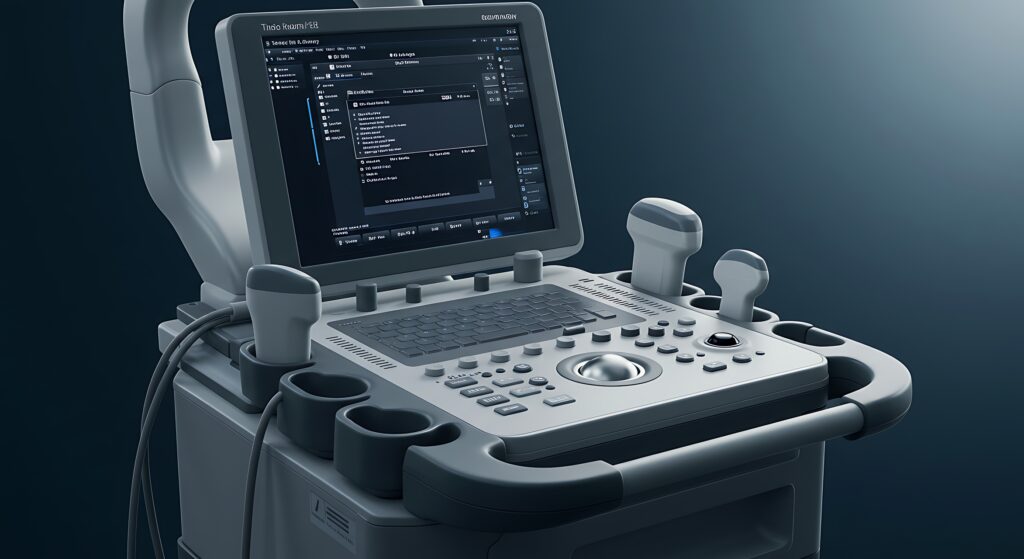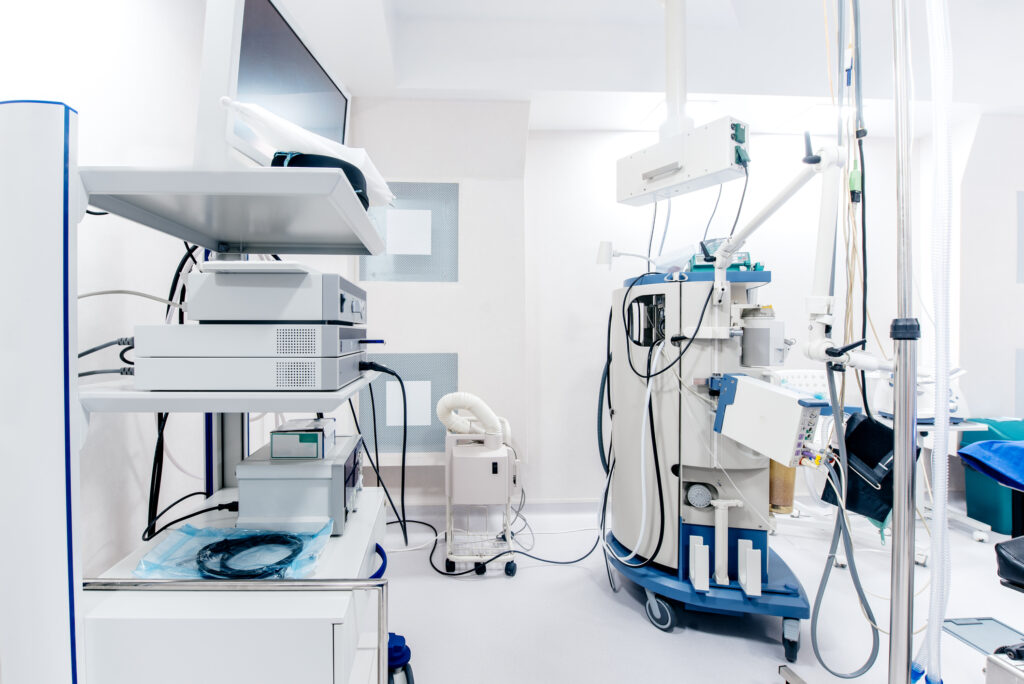Being a doctor or someone from the healthcare industry, you know the importance of patient engagement and the way it can impact patient care. One of the reasons for this has been the psychological impact it has on the patient that allows them to respond actively to the treatment and recover faster.
Identifying this as one of the core aspects of the patient care journey, physicians try to keep the patient engaged in their care activities. The internet and books are filled with such fine examples, and acknowledging this, the CMS noted patient engagement as a care aspect of their CCM programs.
However, with the use of digital tools being at the forefront for CCM programs, you need two-way communication to convert dialogue into delivery. While many practices have been struggling with scaling their CCM program, and those who have, are struggling to keep the patients engaged.
Well, including two-way communication tools into their CCM patient engagement platform can be their key to success. But how?
Let’s explore exactly that in this blog below and learn how you can improve patient engagement in CCM programs with two-way communication tools. On that note, without further ado, let’s get started!
The Patient Engagement Crisis in Traditional CCM Programs
Using the traditional methods to keep the patients engaged with their chronic conditions treatment is typically challenging. Moreover, achieving favourable results consumes a lot of time and money. Let’s see how the traditional means of engagement lead to inefficiencies:
- Low Engagement Rates & Communication Barriers: Going by the studies, survey and statistics, less than 50% of the patients actively participate in their journeys. This is majorly due to one-way communication styles such as appointment reminders, test results updates, etc. In such cases, it becomes difficult for the care coordinators to manage more patients in limited time and personalized communications is a far-fetched dream.
- Consequences of Poor Patient Engagement on Health Outcomes: Poor engagement can start a domino effect, where it leads to non-adherence to medication, care plans, etc. This can critically drop the readmission rates in the hospital and also impact patient satisfaction rate.
- Communication Challenges in High-Volume CCM Practices: Many practices are still using generic software systems to manage their CCM patient communications. Now, the problem with systems is that they are only focused on workflow and oftentimes does not even provide chronic care patient communication tools. Due to this, communication gaps are created and the lack of interactive patient care software further demotes self-service and proactive communications.
If you combine all these aspects, then it does take much knowledge to understand the impact it can have on your revenue. That is why having two-way patient communication in your care coordination software is important.
The Power of Two-Way Communication in Chronic Care Management
Chronic care patient communication tools with two-way patient communication can be the game-changer your practice might need for the success of your CCM program. Let’s see how it can change the game:
- Patient Empowerment Through Active Participation: Patient care management software with two-way patient communication tools allows patients to initiate conversations and proactively ask questions about their health. Along with that, it also gives the necessary resources to self-report for symptoms, medication adherence, and take effective measures to improve their quality of life. This leads to effective collaborations and accurate curation of care plans.
- Real-Time Health Monitoring & Intervention Opportunities: When a patient reports a concern, the chronic care management solution can alert the providers about the report in real-time. This allows for proactive outreach to the patients based on their concerns and devises an intervention plan with effective preventive measures to improve their health.
- Building Trust & Therapeutic Relationships at Scale: With two-way patient communication, you can ensure consistent and personalized interactions with the patients. This way, the patients feel heard and valued. This can have a huge impact on improving health literacy through interactions and educational exchanges.
- Data-Driven Care Improvements Through Patient Feedback: Last but not least, your chronic care management platform is purely based on data. This makes it easier to collect patient-reporting symptoms, outcomes, etc., drastically improving the patient satisfaction rate. It can improve the effectiveness of the care plan, and continuous care improvements can be done on the basis of patient input, etc.
Essential Two-Way Communication Features for CCM Success
To enable two-way patient communication between patients and providers for your CCM program, here are some of the features you need in your chronic care management solution:
- Multi-Channel Communication Platforms & Patient Preferences: Understand that your patients use different platforms as per their convenience. This is the reason you need to integrate secure messaging for different means such as patient portals, SMS, emails, and mobile apps. Once this is done, align your patient outreach efforts with the platforms your patients prefer. On top of that, your system should be able to automatically route the message to the appropriate care team based on the content and urgency.
- Interactive Care Plan Management & Goal Tracking: The communications should be interactive to add value to them. That is why you bring transparency to your system by allowing the patients to view, comment, and suggest modifications to their care plans. Features like real-time progress tracking, patient input, and milestone celebration can be really effective.
- Educational Content Delivery & Patient Self-Management Tools: Educating the patients about their condition is also important, because the better they know their condition, the more actively they’ll try to recover from it. These initiatives help in self-management. To aid in such activities, you need to have personalized educational resources at hand, along with interactive tools like medication tracking, symptom logging, appointment scheduling, and support community access.
Technology Integration & Platform Requirements
Some of the technological integrations and platform requirements that you need to know for your chronic care patient communications tools to run smoothly are:
- HIPAA-compliant Secure Messaging & Data Protection: Safety of the data is one of the core platform requirements. Implement end-to-end encryption for all patient communications and data transmission. Also, keep an audit trail and manage access controls in order to meet the healthcare privacy and security requirements. Last but not least, robust patient consent management is needed for communication preferences and data sharing.
- EHR Integration & Unified Patient Communication History: Documentation of complete communications is one of the requirements of CMS for CCM programs. That is why you need to integrate your system seamlessly with the EHR system and create a unified patient interaction platform to record patient interaction history across all channels.
- Mobile Optimization & Accessibility Features: Your patient care management software will be used to communicate. To add the factor of convenience, you need to build native mobile apps and responsive web designs. This would not only increase accessibility for elderly patients but also help those with disabilities. If possible, study your patient population and include multi-language support.
Implementation Strategies for Successful Patient Engagement with Two-Way Patient Communication
If you’ve gone through the entire write-up above, then you must have known that for successfully engaging patients with two-way patient communication tools, you need to have a strategic implementation plan.
- Patient Onboarding & Communication Preference Setup: Carefully curate the implementation of two-way communication and set clear expectations for patients. On the basis of that setup, everything in your patient care coordination software. And provide effective hands-on training material and support for patients and caregivers.
- Staff Training & Workflow Integration: Engaging patients on digital communication channels is challenging. That’s the reason care coordinators need to be trained on engaging patients effectively. Also, clear guidelines for response time and communication quality should be set. Furthermore, patient communications are updated daily in care coordination workflows to ensure everyone is on the same page.
- Communication Protocols & Escalation Procedures: You also need to set prioritization guidelines for which messages to prefer and how much time you should respond. In case of emergency situations, the system must automatically escalate for urgent communication. Also, the features need to be tested time after time to ensure their quality, consistency, and effectiveness,
Conclusion
Dialogues are always better than monologues, right? Well, when there is a dialogue, exchanges of ideas are much better and there is clarity in discussion. Similar is the case with care delivery especially in chronic care management.
And if you have made it till there, then you must have got an idea that chronic care patient communication tools play an equally important role as the care coordination software. In fact, it is this two-way patient communication that sets the ground-work for care coordination.
Furthermore, you know the benefits that you can get with two-way communication. On that note, explore how patient engagement software can change the game for you. Click here to actually have a dialogue about your CCM software.
FAQs
- How do two-way communication tools improve patient adherence to CCM care plans?
Two-way communication tools empower patients by providing ongoing support, personalized education, and direct access to their care team. This fosters engagement, addresses concerns promptly, and reinforces adherence to chronic care management (CCM) plans, leading to improved health outcomes.
- What security measures are essential for patient communication platforms in CCM programs?
Essential security measures include robust encryption (end-to-end), strict access controls, multi-factor authentication, regular security audits, and adherence to HIPAA and other relevant data privacy regulations. Platforms must ensure secure data transmission and storage to protect sensitive patient information.
- How can practices encourage elderly patients to adopt digital communication tools?
Practices can encourage elderly patients to adopt digital communication tools by offering simplified, accessible platforms, providing hands-on training and ongoing technical support, highlighting benefits like convenience and quicker access to information, and involving family members in the adoption process.
- What’s the typical increase in patient engagement when implementing two-way communication features?
Implementing two-way communication features typically leads to a significant increase in patient engagement. While specific percentages vary, studies show it fosters greater patient involvement in their care, improves satisfaction, builds trust, and enhances adherence to treatment plans. Patients feel heard, valued, and empowered, leading to better health outcomes.
- How do two-way communication tools integrate with existing EHR and practice management systems?
Two-way communication tools integrate with EHR/practice management systems primarily through APIs (Application Programming Interfaces) and industry standards like HL7. This allows for real-time data exchange, syncing patient information (appointments, messages, clinical data) to streamline workflows, enhance patient engagement, and ensure consistent records across systems.
- What staff training is required to effectively manage increased patient communication volume?
Effective staff training for increased patient communication volume requires focusing on active listening, empathy, clear and concise language (avoiding jargon), cultural sensitivity, and efficient use of communication technologies. Role-playing and scenario-based training can enhance these skills.
Disclaimer
The content provided in this article is for informational purposes only and is not intended as a substitute for professional medical advice, diagnosis, or treatment. While the article discusses patient engagement strategies and communication tools within the context of Chronic Care Management (CCM), readers should consult qualified healthcare professionals or relevant authorities before implementing any new practices or technologies in clinical settings.
Open Medscience does not endorse any specific products, platforms, or services mentioned or implied. The views expressed are those of the authors and do not necessarily reflect the official policy or position of any affiliated organisations or regulatory bodies.
Open Medscience assumes no responsibility for errors or omissions in the content or for any outcomes resulting from the use of information provided in this publication.
You are here: home » diagnostic medical imaging blog »



